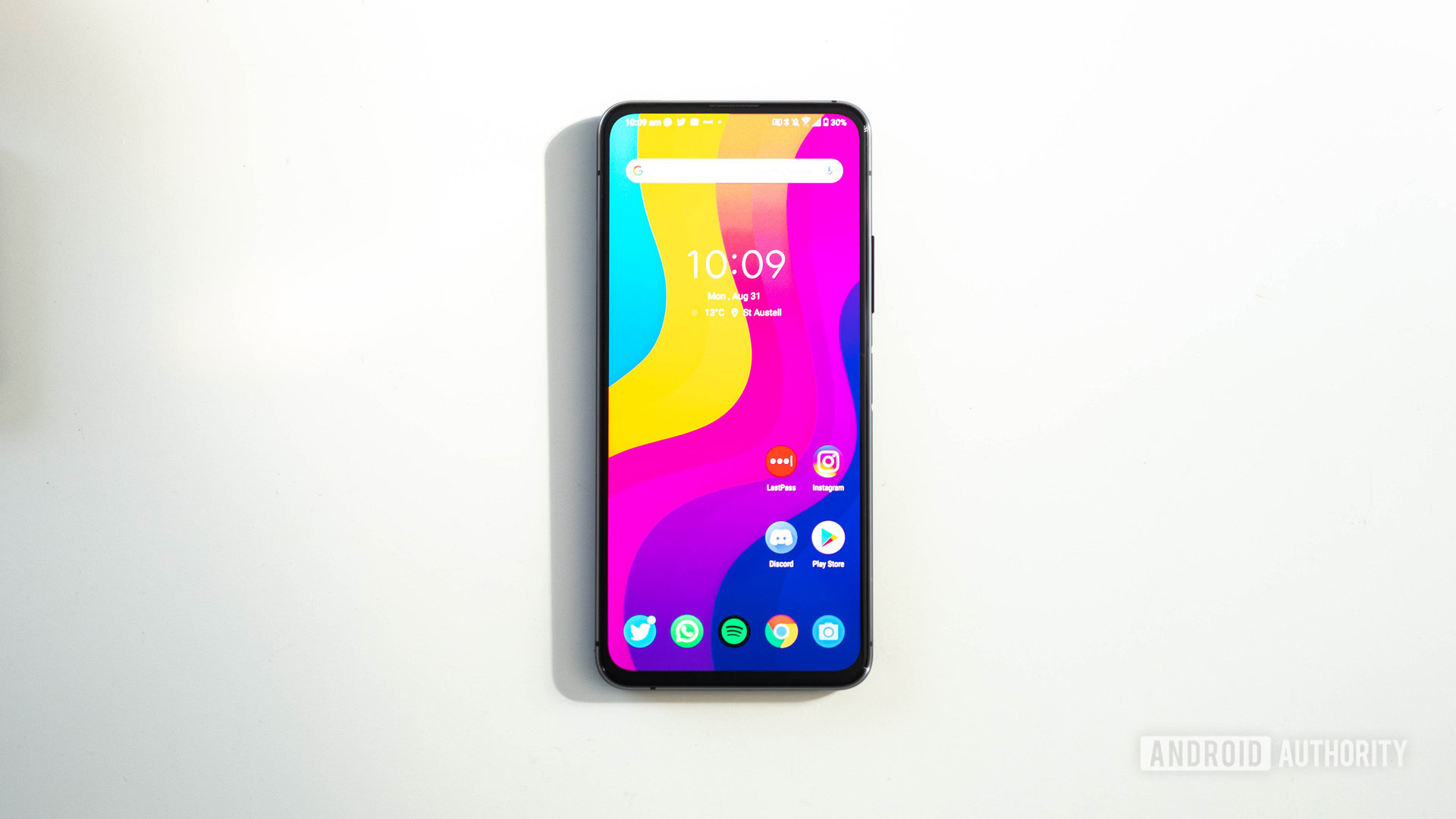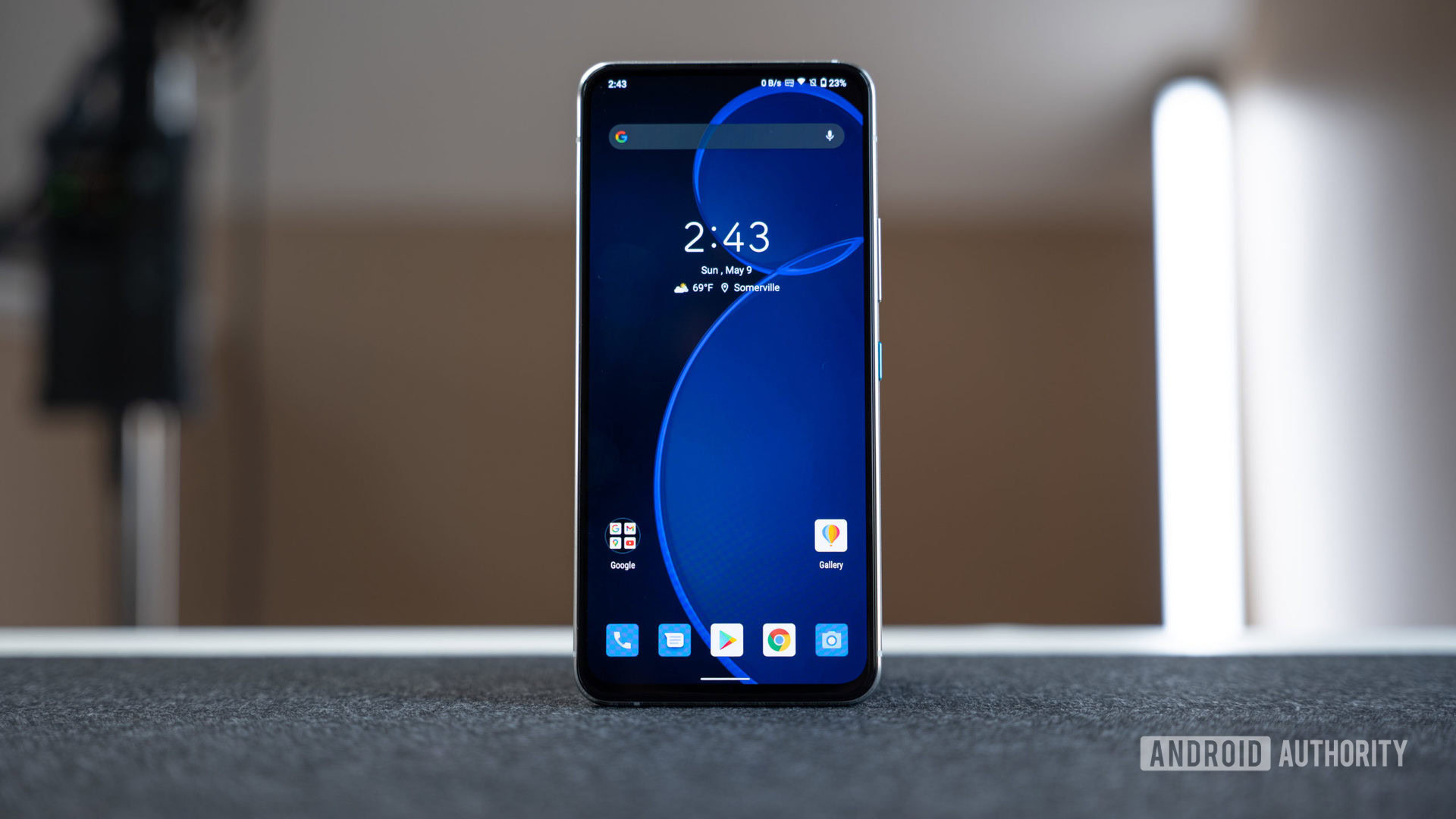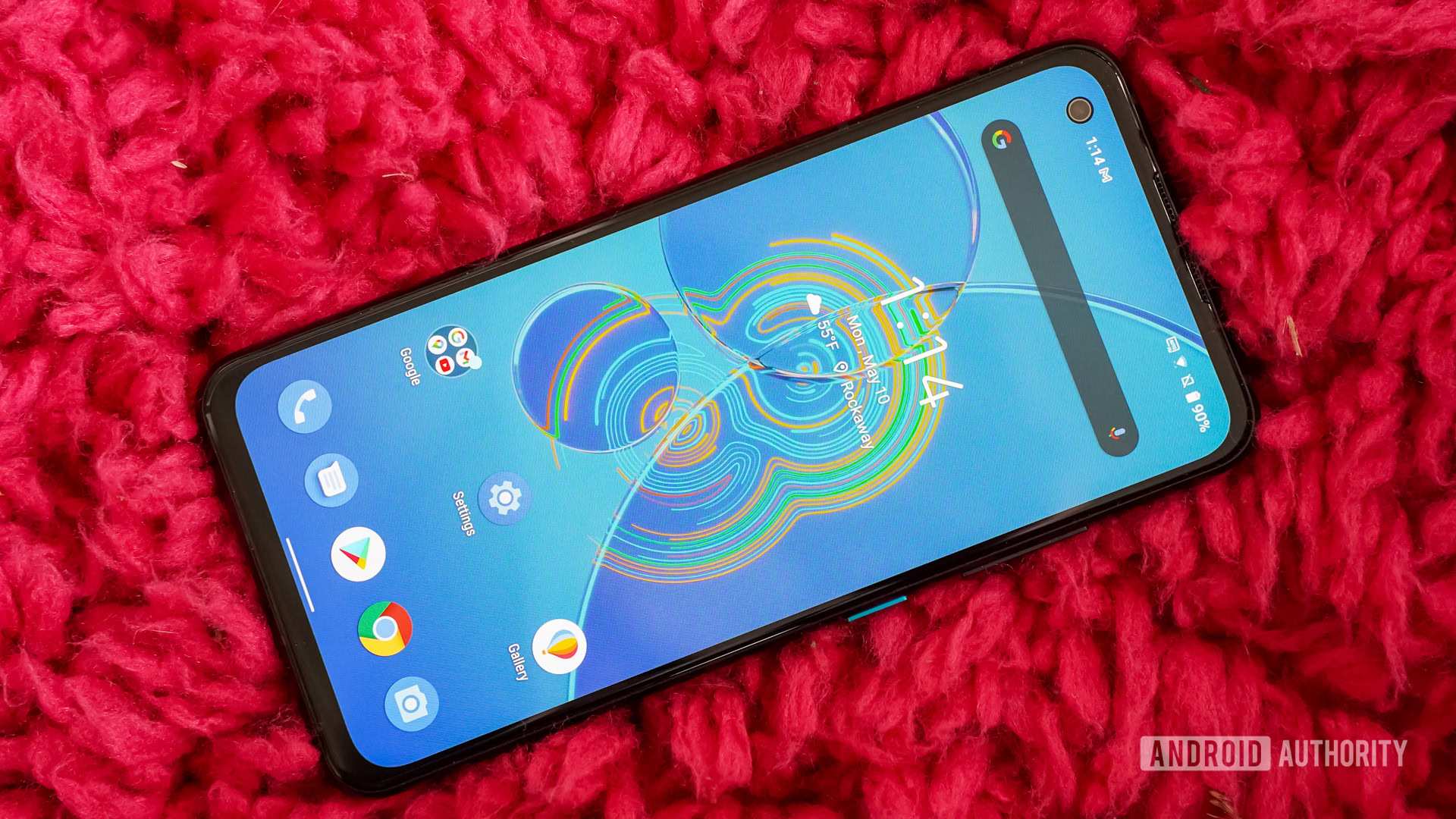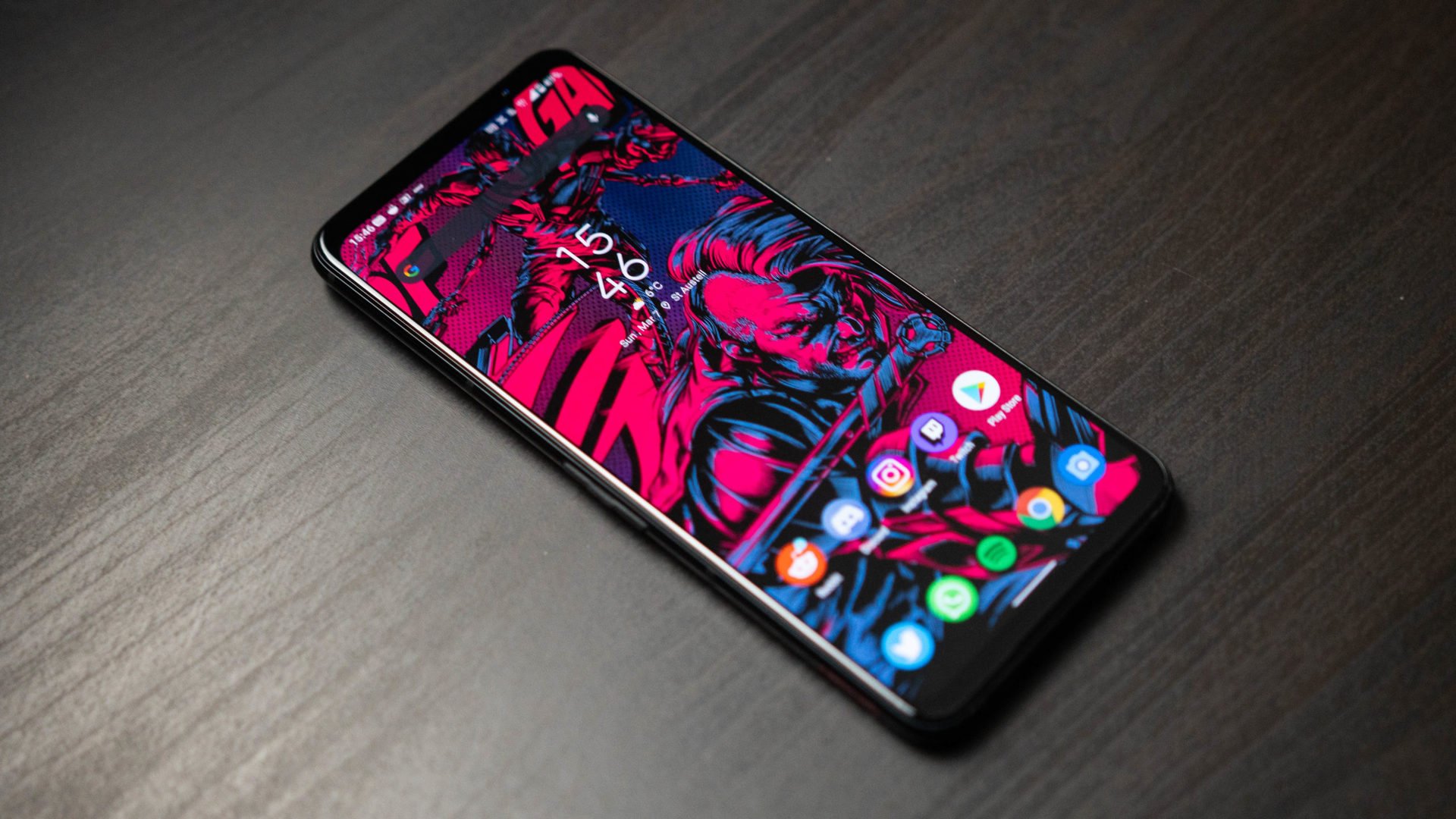Affiliate links on Android Authority may earn us a commission. Learn more.
Zen UI guide: Everything you need to know about ASUS' Android skin

ASUS smartphones aren’t the most popular on the market. However, the company has consistently created the best gaming phone each year with its ROG Phone series. Additionally, the Zenfone series earns high praise each year. With that in mind, you might be curious about Zen UI, the software skin you’ll find on all those phones.
See also: ASUS Zenfone 8 series buyer’s guide
In this guide, we’re going to tell you everything you need to know about Zen UI. Hopefully, this will help people who are on the fence about buying an ASUS phone. This could also be helpful for people who already own one but want to become more familiar with it. Let’s dive in!
Editor’s note: This article is updated as of October 2021. We will add/remove content as ASUS reveals more information about Zen UI.
Zen UI at a glance

Overall, Zen UI is most similar to Google’s Pixel UI. It leaves the look and feel of stock Android alone, for the most part, while adding in new features to enhance the user experience. The only exception to this is the optional “ROG UI” mode on ROG Phones, which revamps the OS to make it look more like a gaming rig.
Zen UI also appears on ASUS-branded tablets (which aren’t made much anymore) as well as standalone applications, such as the Windows-based ZenLink app. Primarily, though, Zen UI is associated closely with ASUS’ Android phones.
See also: What is Android?
Before the existence of this Android skin, ASUS’ smartphones came with the clunkily-named WaveShare UI. If you have an older ASUS phone, you might still see WaveShare on it. We cover this more further down in the article.
Unfortunately, ASUS has a poor history of keeping its phones up-to-date when it comes to software. It wasn’t until the summer of 2021 before its 2020 flagships saw Android 10, for example. The company also is fairly slow when it comes to pushing security patches to its phones. However, ASUS is getting better at this as time goes on. Still, if fast and frequent software updates are important to you, an ASUS phone might not be what you’re looking for.
The latest version of Zen UI

Some manufacturers sync up their Android skin versions with the versions of Android. OnePlus’ Oxygen OS, for example, now matches Android — Android 11 is Oxygen OS 11, Android 12 is Oxygen OS 12, and so on. ASUS, though, doesn’t do that. Today, the most recent version of Zen UI is Zen UI 8. This is based on Android 11.
The most recent stable version of the skin is Zen UI 8 based on Android 11.
ASUS is currently running a beta program for Zen UI 9 based on Android 12. As usual, it’s pretty late to the game as many companies had started beta programs months earlier. It will probably be the end of 2021 or even early 2022 before any ASUS phones see Android 12.
We have steps on how to check your version number in the next section.
How to check your version and for updates using Zen UI

If you don’t know which version of Zen UI is on your ASUS device, you can easily check. Here are the steps:
- Head to Android Settings by finding the shortcut in your app drawer or notification shade.
- Scroll to the bottom of the list and tap on the System section.
- Within System tap on the About Phone section.
- In the About Phone section, you’ll see your Android Version. ASUS does not specifically tell you which version of Zen UI is on your phone, but it’s easy to determine once you have your Android version number (see next section).
If you’re running an older version of Android/Zen UI, there’s a chance an update could be waiting for you. You can check for software updates using the following steps:
- Head to Android Settings by finding the shortcut in your app drawer or notification shade.
- Scroll to the bottom of the list and find the System section.
- Within System, find and tap on System Update.
- Zen UI will let you know if you’re running the latest version. If not, it will give you instructions on how to download and install an update.
If your software is up-to-date but you don’t have the latest version of Zen UI, that means your phone hasn’t received the update yet. It’s also possible your phone is too old to get new updates.
A brief history of Zen UI

Prior to Zen UI, ASUS’ Android skin was known as WaveShare UI. This is the skin you would have found on older ASUS devices including its unique phone/tablet hybrid series known as PadFone.
In 2014, though, the company formally announced Zen UI. It eventually made its way to older PadFone models and, obviously, came out of the box with new ASUS phones and tablets.
Zen UI has always been akin to stock Android. Over time, ASUS has added more and more features to the system to make the user experience better. The stock-like feel of the skin hasn’t changed though.
Here are the various versions of Zen UI and how they match up to the version of Android on which they are based:
- 2014 — Zen UI (Android 4.4 KitKat)
- 2015 — ZUI 2 (Android 5 Lollipop)
- 2016 — ZUI 3 (Android 6 Marshmallow)
- 2017 — ZUI 4 (Android 7 Nougat)
- 2018 — ZUI 5 (Android 8 Oreo)
- 2019 — ZUI 6 (Android 9 Pie)
- 2020 — ZUI 7 (Android 10)
- 2021 — ZUI 8 (Android 11)
What Zen UI looks like
Here is a gallery of screenshots that should give you an idea of what to expect from Zen UI.
The best unique features of Zen UI

Every Android skin out there puts its own stamp on the software. Here are four things Zen UI can do that most other skins can’t.
‘ROG UI’
This feature is exclusive to ASUS’ line of Republic of Gamers (ROG) phones. When you initially set up a ROG Phone, you are presented with a choice between the “default” layout and the “classic” layout. Although ASUS doesn’t refer to them as such, the “default” layout is colloquially referred to as “ROG UI” as it gives the phone’s software an aesthetic that matches ROG gear. The “classic” layout is basically just Zen UI on its own. You can always change your mind on this later by heading to Settings > Themes And Wallpaper > My Themes.
Battery Care
The longevity of your phone’s battery is very important. Generally, to extend the length of your battery’s usability as long as possible, you should run it down to zero and only ever charge it to 80%. ASUS takes the guesswork out of this by giving you the option to limit your phone’s charging to stop at 80%, 90%, or 100%. It also gives you an easy-to-read indicator of your battery’s overall health. You can find this in Settings > Battery > Battery Care.
Game Genie
No, this isn’t the cheater adapter you used to snap on your NES games. This is a feature geared towards gamers that aims to give you the best gaming experience possible on an ASUS phone. It’s super easy to find: just start up a game and then swipe in from the edges. Within the Game Genie tool, you’ll find different toggles to change your experience, such as locking the phone’s brightness, turning off notifications, displaying a framerate counter, and more. Note that this feature first debuted on ROG Phones but is now on Zenfones too.
Twin Apps
Some of us have two accounts within one app. For example, you might have a public Instagram account and a private one that’s just for your friends. With the Twin Apps feature, you can launch both of these accounts at the same time, saving you the hassle of logging in/out within the app itself. Unfortunately, only certain apps and games support this feature, but the list grows all the time. To turn this feature on for a specific app, head to Settings > Advanced > Twin Apps.
That’s everything you need to know about ASUS’ Zen UI! Be sure to bookmark this page as we will update it as ASUS changes the Android skin.